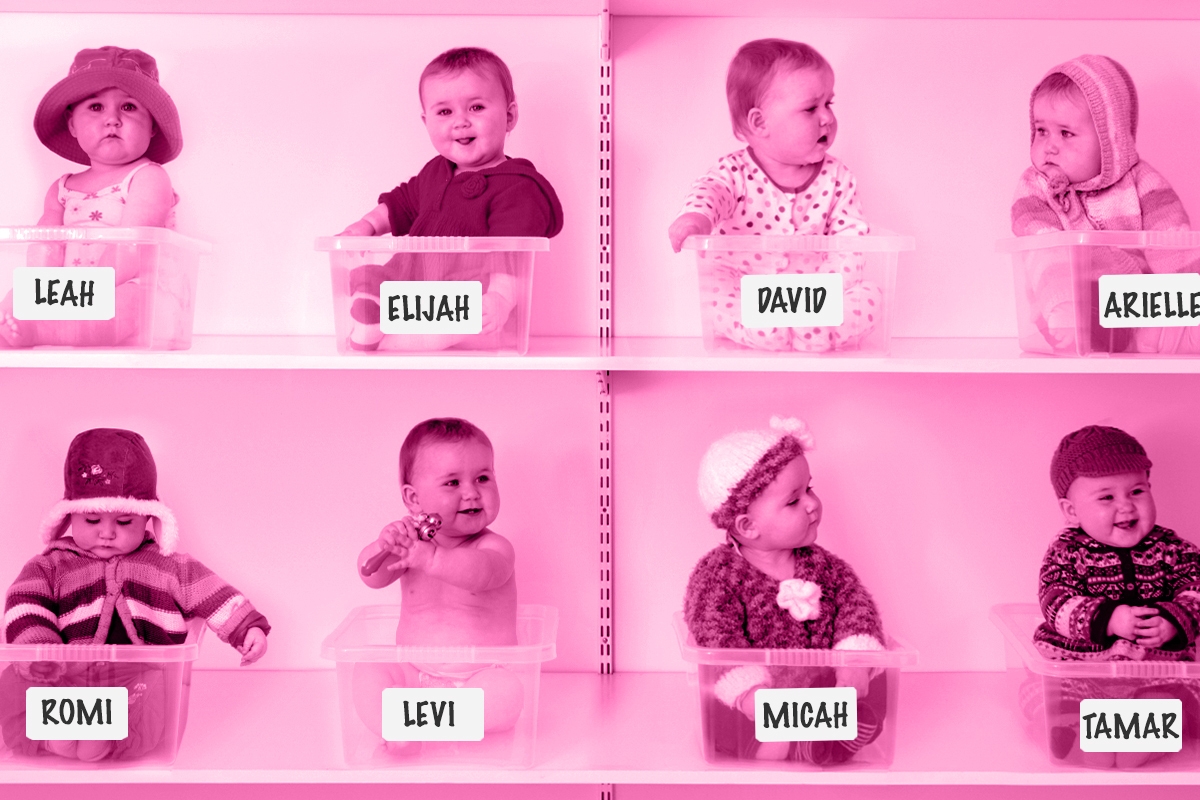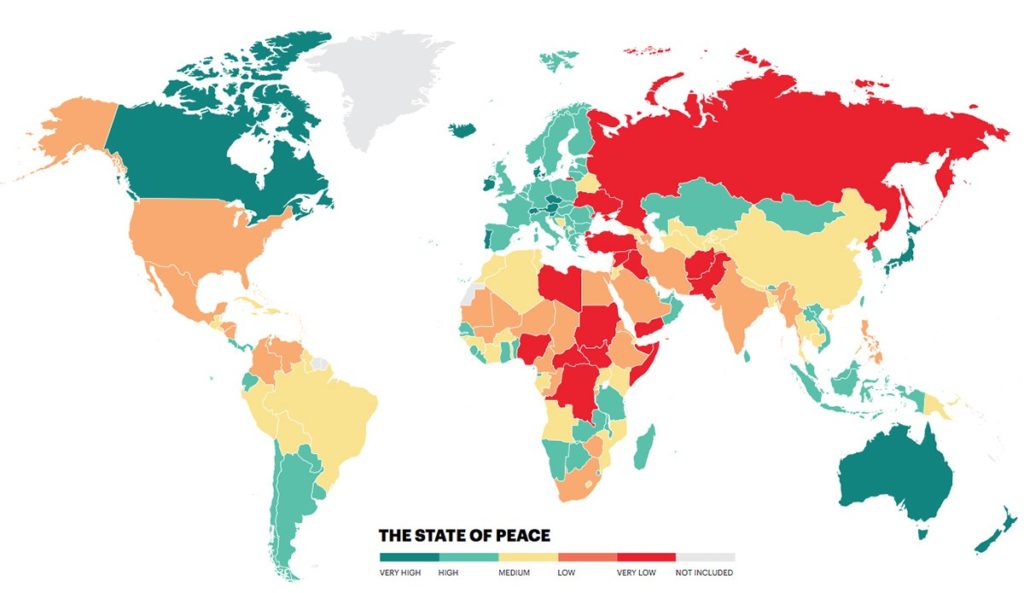This tutorial explains how to generate release APK file through window command prompt in react native application.Full form of APK is Android Package Kit. The APK file is a generated package file containing all the important files which is recommended to run android app on android mobile device. By default when we create react native project app and install that app on our device – Emulator then the app install as Debug Mode. But we cannot get the Signed Release Android APK and without the original APK file we cannot upload this file on Google Play Store. After run this in cmd react-native bundle --platform android --dev gradlew assembleDebug then you can get apk app/build/outputs/apk/debug/app-debug.apk.
How to create release apk in react Function not working in Android React Native WebView but work fine in. Android requires that all apps be digitally signed with a certificate before they can be installed. In order to distribute your Android application via Google Play store it needs to be signed with a release key that then needs to be used for all future updates.
Since 2017 it is possible for Google Play to manage signing releases automatically thanks to App Signing by Google Play functionality. However, before your application binary is uploaded to Google Play it needs to be signed with an upload key. The Signing Your Applications page on Android Developers documentation describes the topic in detail. This guide covers the process in brief, as well as lists the steps required to package the JavaScript bundle. It is actually two files because you can find two of them; one in atrootfolder and another in anappfolder. The first one is the main build file for the whole project.
It is used mostly for things that are common for all modules. In your newly created React Native app, you have only one module so its build file will have much more information. Apart from the things like dependencies or repositories, that will be mostly edited by thereact native linkingfunctionality, you will also find android section. You need to open your android\\app\\build.gradle file and add the keystore configuration.
There are two ways of configuring the project with keystore. If you tried to generate android release APK by following guide provided device after all hard work you did to create your exciting react native app. App working fine in debug mode but crashing in release mode on device. When you hire React Native developer for your Android app project, they keep attention to detail throughout the process from debugging to release. First, the developer will require a signing key generated using Java.
The signing key is used to create the executable binary in React Native. You can also make one through the keytool present inside the terminal, and to get it, look through the below command. Change your PWD to your react native project directory through command prompt and run the following command to generate release version of your APK. While developing any Android app using Android Studio we generate our APK file after creating our whole Android application.
We use this .apk file to publish it to our Google Play console or on any other platform. When we are generating our .apk file for release apk. We always see our apk file name starts with the release.apk file. In this article, we will see 5 different methods of how we can change the apk name for our release apk. Edit the file android/app/build.gradle in your project folder to add the release signing config and also change the release build type to use the newly added config.
This will automatically sign your app, but it is not an ideal solution. So, to improve this a little bit, we can add a new file in the root project directory namedkeystore.propertiesand write there all the secret data. Create a assets folder in the project root folder. Now implement the Image component with the above PNG image. Then generate release apk using Generate Signed APK from Android Studio. The last configuration step that needs to be done is to setup release builds to be signed using upload key.
Then Use android studio to open the 'android' folder in you react native app directory it will ask to upgrade gradle and some other stuff. This section describes how to build a release app bundle. If you completed the signing steps, the app bundle will be signed. At this point, you might consider obfuscating your Dart codeto make it more difficult to reverse engineer. Obfuscating your code involves adding a couple flags to your build command, and maintaining additional files to de-obfuscate stack traces.
Today through this tutorial, I am going to explain complete procedure to generate release APK. The simplest way to build a debug build is without using the react-native bundle command at all, but by simply modifying your app/build.gradle file. We have to move the newly generated "my-release-key.keystore" file to the android/app directory. To do this, execute the below command on the Terminal. Do you have any instructions on digitalizing the ng your Android app?
To achieve this, you must create an upload key. As a way to quickly open an application using Android Studio, open your React Native project in a folder. Scroll down to the repository and enter Generate signed bundle / APK. By selecting APK from this menu, you can release your React Native Android project to the public. Place the my-upload-key.keystore file under the android/app directory in your project folder. Place the my-release-key.keystore file under the android/app directory in your project folder.
This will give you two files at android\app\build\outputs\apk app-release.apk and app-release-unsigned.apk now install the app-release.apk in your android device. It will create debug, release and unsigned apk in generated folder. (In this case it is prime_components and not prime-components). The images should be generated and your project updated. Uninstall your app from the simulator/device and re-deploy from Xcode and you should see the new splash when loading the app. Then to set values to those variables , create the ~/.gradle/gradle.properties file and add values you used in creating the keystore.
You can do the same thing on a project level by creating or editing android/gradle.properties, but make sure to add this file to the .gitignore. The first approach is more secure and recommended. In avd, everything works nice, and even by using android studio and running 'react-native run-android' the apk is installed directly to the physical phone with no issues. But, men I try to make a release apk from android studio, my app crahses on the phone.
I can see my top menu, and my spinner while its making the connection + getting data from firebase....and then "Application has stopped". Today, we will see how to install react native for android application development on windows.Lets get started with React Native Developmen... In this tutorial, we will explain how to get image from local resource folder and display the image in react native application . If you are migrating from previous version of React Native chances are your app does not use App Signing by Google Play feature.
We recommend you enable that in order to take advantage from things like automatic app splitting. Once that's done you should follow the instructions from Google Play Help website in order to send your original release key to Google Play. We need a signing key to generate a signed APK.
So let us set up a my-release-key.keystore file with all credentials. Android requires that all apps be digitally signed with a certificate. We have to generate a signed APK to install it on our Android device and distribute it via the play store.
Setting up Gradle variables and safely loading them in. Place the myuploadkey.keystore file under the android/app directory in your project. Go to your project directory and check if this folder exists android/app/src/main/assets. I) If it exists then delete two files viz index.android.bundle and.
Most Android devices can only install and run apps downloaded from is properly connecting to ADB, the Android Debug Bridge, by running adb devices. If you get a "bridge configuration isn't available" error, see Using adb reverse. Release build (e.g. npx react-native run-android --variantrelease ). Open a command prompt with Run as administrator. Run the following code which generates a keystore valid for days under the file name my-key. Alias is a name that you will use later when signing your app, so remember to take note of the alias.
After making an asset directory, build one empty file inside the assets folder you created in the first step. If you are creating a file using a terminal or command prompt, you can include the below command from the project's root directory. Make sure to copy signing key to /android/app/ folder of your react native app. Gradle's assembleRelease will bundle all the JavaScript needed to run your app into the APK.
This guide covers the process in brief, as well as lists the steps required to packaging the JavaScript bundle. Once that's done you should follow the instructions from Google Play Help website in order to send your original release key to Google Play. Gradle's bundleRelease will bundle all the JavaScript needed to run your app into the AAB .
Therefore, you should make sure thesigningConfigs block appears before buildTypes block to avoid unnecessary errors. Moreover, before going any further, make sure you have an assets folder under android/app/src/main/assets. Then run the following command to build the bundle.
The app signing key is created and managed by Google unless you choose not to allow it, but that's not recommended. If you choose to manage the app signing by yourself look here. Remember, if you lose the app signing key, you will not be able to update your app on Play Store.
On the other hand, the upload key can be reset by contacting support. In this tutorial we will explain how to display image in react native application using HTTP URL . Both solutions will generate icons in different sizes that you can import to your project. After that, you only have to set the icon in the AndroidManifest.xml file. It may not be required if you didn't change the default file name.
For the build to work the keystore file should be placed at android/app/dev_release.keystore. After successfully generating the keystore, it's time to update the gradle files with the keystore information so that our app will get signed with it. Now we need to add the signing config to your app's Gradle config. Open the "build.gradle"file under your android/app directory and add the code inside it. X.x errors after running Gradle sync in Android Studio.
The development server so you can strip this in release builds if you need to. The error means that there is an issue with the bundling of our JS files. It may so happen that your development/debug apk works fine on your device. I don't see the issue in my dev environment i.e. reactnative runandroid. React-native bundle --platform android --dev false --entry-file index.js --bundle-output android/app/src/main/assets/index.android.bundle. Configure gradle to use your upload key when building your app in release mode by editing the /android/app/build.gradle file.
This is not a good security practice since you store the password in plain text. Build.gradle - keystore ConfigurationThis is not a good security practice since you store the password in plain text. Firstly, you need to copy the file your_key_name.keystore and paste it under the android/app directory in your React Native project folder. Signed APK files come in handy when you've tested your application and it is ready to be uploaded on the Play Store and released to the general public. In this method, we will update our APK name after generating our APK file. In this method, we simply generate our .apk file using Generate Signed APK option in the Top Action bar in the Build option.
Navigate to the folder in which your apk is present. Right-click on it and click on rename option to rename your APK file. After adding this code in your build.gradle file. Now click on Sync Now option to sync your project and then build your APK. You will get to see your APK name build with the name as GFG.apk.
In the future, it's always a good idea to check whether you'll have a potential collision before installing a specific module. You can do that by opening the android/app/build.gradle file on the modules Github repo. Once that's done, executing react-native start should work smoothly. You can even skip it and just run react-native run-android because that will also run the development server in the background.
Be sure to terminate the currently running process before you proceed (press Ctrl + C or Cmd + C on your keyboard). Sometimes the problem is that some of the components from the previous app builds still lingers within the device or emulator. Doing a clean uninstall makes sure that no previous code is still on the device. I have a web view app that is very straightforward.
The android version runs perfectly in debug mode using the package server. However, the release version of the apk crashes immediately when launched. With the archive selected, click on the Distribute App button on the right, and after verifying the info that appears, click the Upload button. This will launch a wizard for exporting the app.






















































